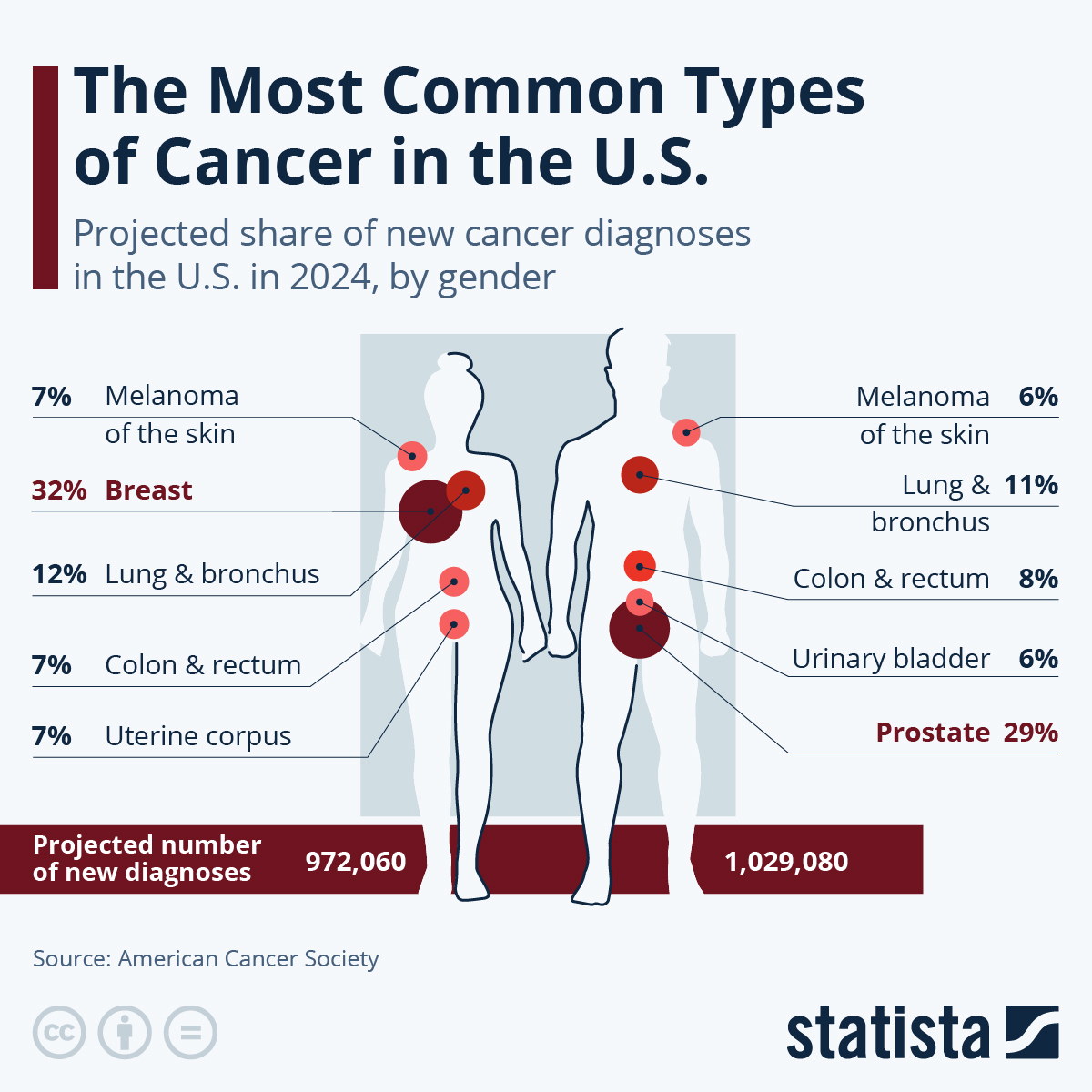A 32-year-old woman has revealed how insisting on doctor tests "almost certainly saved" her life after a seemingly innocuous mark on her neck turned out to be a form of skin cancer.
Choosing to share her story without a surname, Sophia's journey began with a decision rooted in what she learned during high school health classes—the importance of monitoring the changes in moles.
"I think having a good sense of what's normal for my skin and what's not was what gave me the confidence to know that it had definitely changed and my skin was looking abnormal," Sophia told Newsweek.
She explained how she had the mark on her neck in some capacity for a few years, but recently noticed that it had changed slightly. "I noticed that it had three tiny darker spots, and something just didn't feel right about it," she said.
Seeking guidance, she consulted her doctor, who, with a nonchalant demeanor, said he wasn't worried about the mark. But something didn't feel right and Sophia went for a second opinion with another doctor.
"Being a redhead and kind of paranoid about these things, I booked myself in," she explained. "That doctor was also pretty chill about it and wasn't concerned by the appearance, but more by my claim that it had changed. He did a shave biopsy—mostly out of an abundance of caution."
It was these results that confirmed Sophia's fears—the spot was melanoma.

"It's worth noting that about 30 percent of melanomas arise from pre-existing moles, while 70 percent arise as new," Dr. Emma Wedgeworth, a consultant dermatologist and British Skin Foundation spokesperson, told Newsweek.
"It is more common in older people, but melanoma rates are increasing significantly, particularly among younger populations," she added.
Melanoma is a type of skin cancer that develops in the cells that produce melanin. The most serious type of skin cancer, it can spread to other parts of the body if not treated early. In the U.S., melanoma is relatively common, with over 97,000 new cases expected to be diagnosed in 2023.
It is estimated that about 7,990 people in the U.S. will die from melanoma in 2023. The average age of diagnosis is 65, but it is not uncommon for younger people to be diagnosed.
 You will find more infographics at Statista
You will find more infographics at StatistaThe path from Sophia's initial appointment to diagnosis took a mere 10 days, a timeframe highlighting the urgency of addressing potential skin abnormalities.
While the precise staging remains unconfirmed, Sophia is set to consult with an oncologist next week. The upcoming tests will determine the extent of the cancer and guide the subsequent course of action.
"I wanted to share online for a few reasons. The first was that I have so many friends that when I mentioned that I was getting a mole checked out were like, 'Oh I've been meaning to do that for years,' and had just been putting it off," Sophia explained.
But understanding how much better the prognosis is for melanoma if you catch it in time, Sophia decided to take action: "I wanted to raise awareness," she said. "I was feeling quite s*** about the whole thing and I thought that sharing it and maybe helping someone else catch theirs would make the whole situation slightly less sucky."
But what do you need to look for when it comes to unusual moles? Wedgeworth explained: "With existing moles, we judge them by an ABCDE criteria."
ABCDE Criteria
A - Asymmetry - Do different sides of the mole look different?
B - Border irregularity - Is the outside of the mole indistinct or blurred?
C - Color variation - Does the mole have different shades of brown, black, white or red?
D - Diameter - Moles over 5mm are more likely to be problematic.
E - Evolution - Is the mole changing over time?
If any of these things are true, it is advisable to seek medical attention as soon as possible, as this can vastly improve the outcome.
"Many people with early-stage melanomas can be cured with surgery. Almost 100 percent of patients with stage 1 melanoma will survive their cancer for 5 years or more after diagnosis. Later stages, however, can have a much poorer prognosis with stage 4 disease having approximately a 30 percent 5-year survival," said Wedgeworth. "Treatment for melanoma is improving significantly with new targeted therapies. However, despite these treatments: the best approach remains prevention and early detection."
"As much as this sucks I've now realized that me pushing to get this checked out has almost certainly saved my life," said Sophia. "If you feel like something's off, it's so important to chase it down, even if it's a bit of a pain."
Is there a health issue that's worrying you? Let us know via life@newsweek.com. We can ask experts for advice, and your story could be featured on Newsweek.
Uncommon Knowledge
Newsweek is committed to challenging conventional wisdom and finding connections in the search for common ground.
Newsweek is committed to challenging conventional wisdom and finding connections in the search for common ground.
About the writer
Alice Gibbs is a Newsweek Senior Internet Trends & Culture Reporter based in the U.K. For the last two years ... Read more





